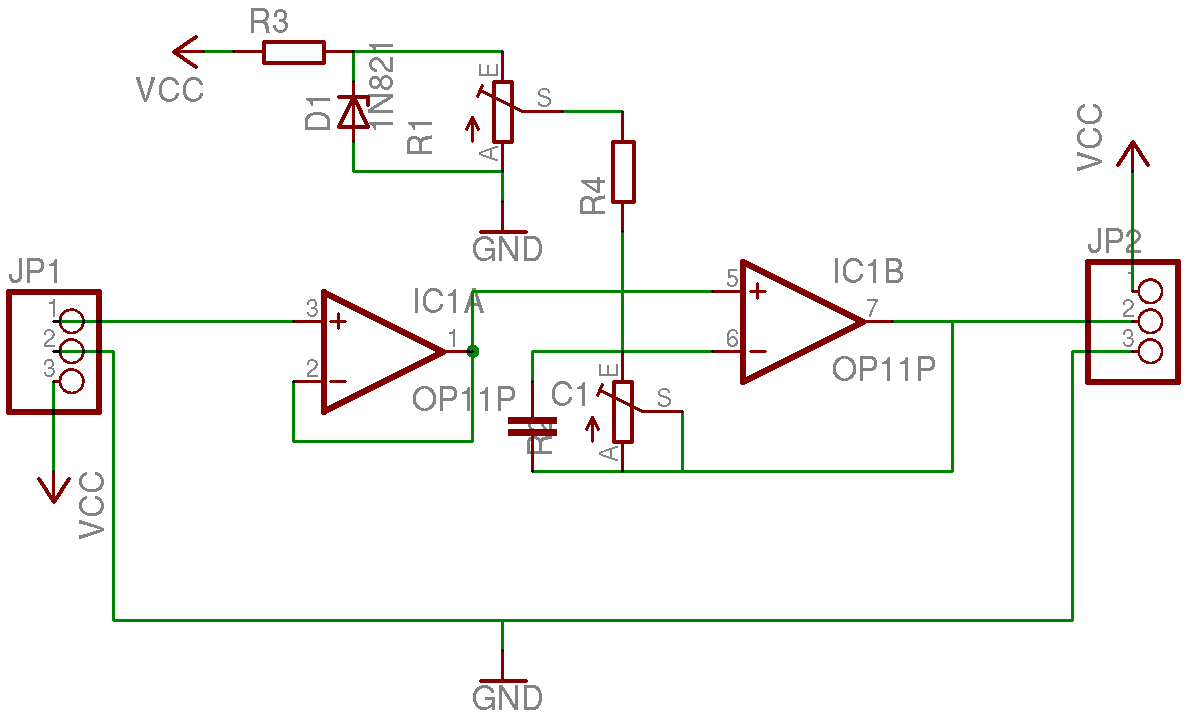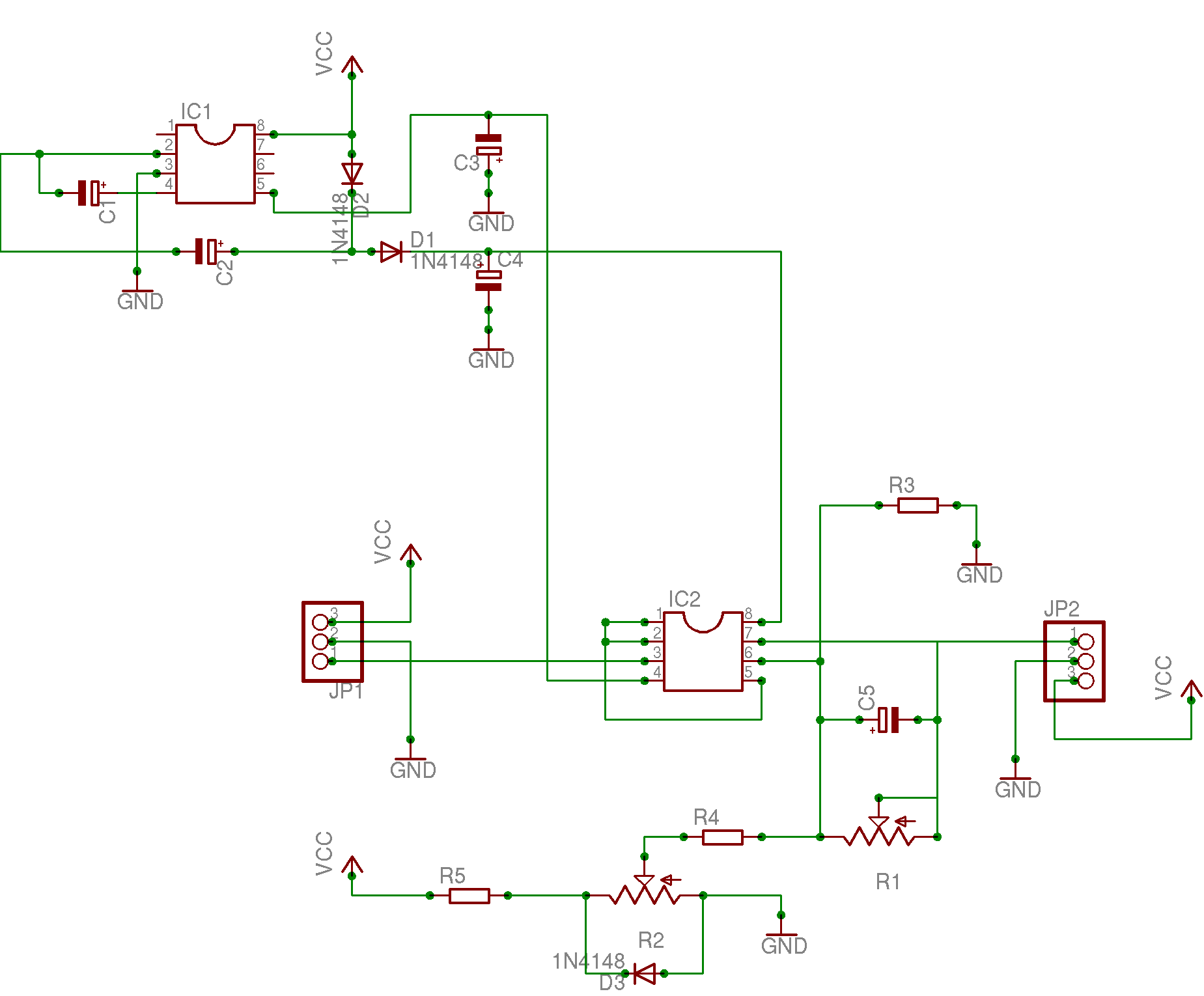cimo
Newbie level 6
Hi
this is my first post so i d like to say HELLO to everybody
i have a fair experience in electronics i can solder etc but i can t design any circuit.
Here the circuit i need:
i have a sensor that will output from a little above 0 to 2,4/2,5 volts.
I need to scale this value from 0 up to 5 volts.The sensor also has a little jittering so i d like to fix that as well.
The basic circuit i need is an Opamp that will double the voltage i am feeding to it but the ideal would be to be able to have a trimmer that will let me multiply the voltage in the input from x1 to x3.
The second step would be to have an offset trimming feature to have a 0 volt starting point
The third step to fix the jittering problem (but maybe an Opamp wil already do that)
Could anybody point me to right direction? Maybe for some of you this is just a very easy design.Which IC do you reccomend?
Thanks
Simone
this is my first post so i d like to say HELLO to everybody
i have a fair experience in electronics i can solder etc but i can t design any circuit.
Here the circuit i need:
i have a sensor that will output from a little above 0 to 2,4/2,5 volts.
I need to scale this value from 0 up to 5 volts.The sensor also has a little jittering so i d like to fix that as well.
The basic circuit i need is an Opamp that will double the voltage i am feeding to it but the ideal would be to be able to have a trimmer that will let me multiply the voltage in the input from x1 to x3.
The second step would be to have an offset trimming feature to have a 0 volt starting point
The third step to fix the jittering problem (but maybe an Opamp wil already do that)
Could anybody point me to right direction? Maybe for some of you this is just a very easy design.Which IC do you reccomend?
Thanks
Simone

